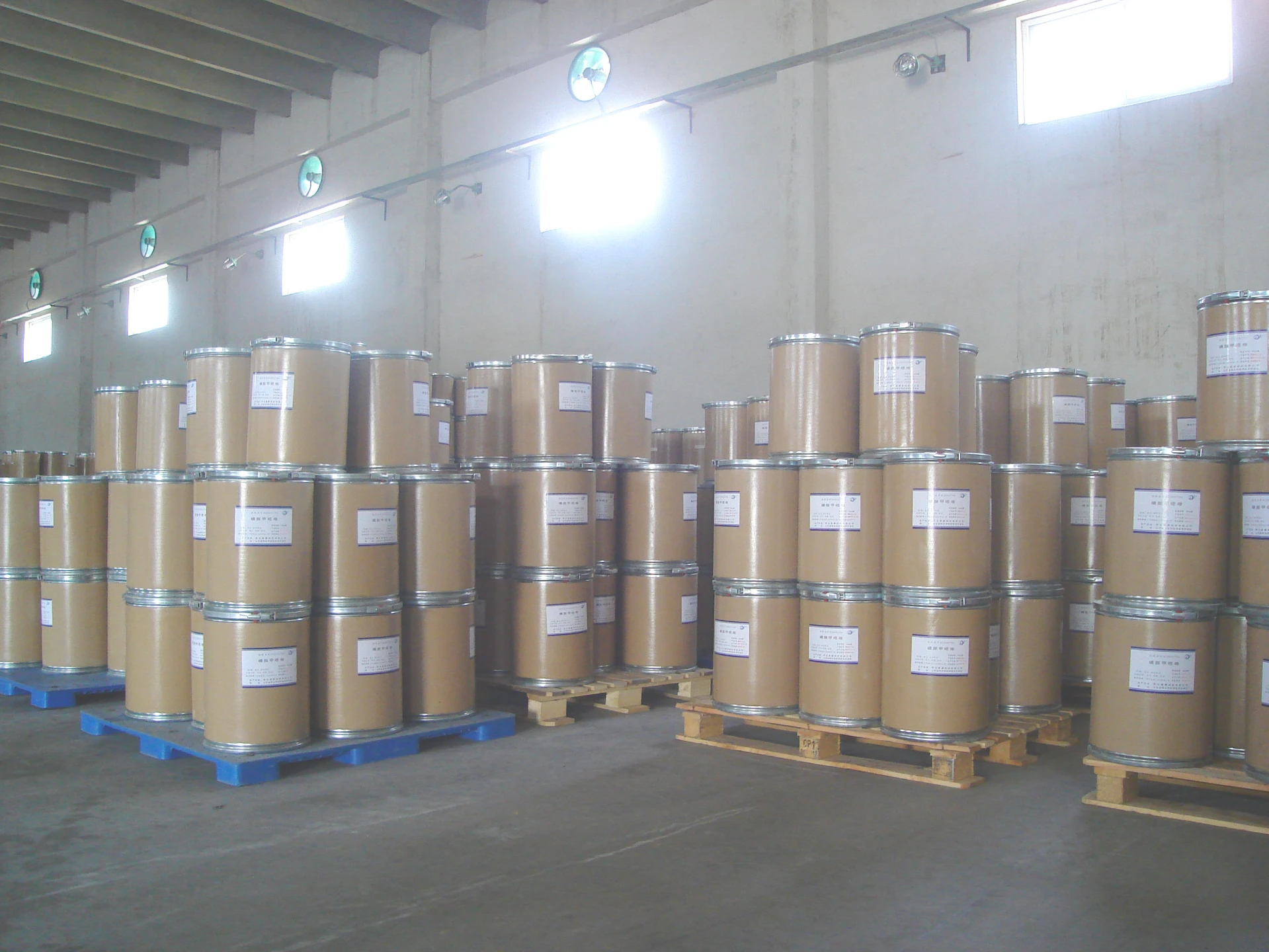partially hydrolysed polyacrylamide
Polyacrylamide, particularly its partially hydrolyzed form (HPAM), has emerged as a cornerstone in various industrial applications, particularly in enhanced oil recovery (EOR) processes. As an industrial polymer, its unique properties cater to the increasingly demanding needs of modern technologies. By harnessing partially hydrolyzed polyacrylamide, industries have observed significant advancements in process efficiencies and product outcomes.
Expert insights into the application of HPAM reveal unparalleled functionality, especially in the energy sectors. As an enhanced oil recovery agent, HPAM's ability to modify fluid mobility and improve the sweep efficiency is well-documented. This polymer operates by reducing the water-to-oil mobility ratio, thereby ensuring a more effective displacement of oil within reservoirs. This attribute sets HPAM apart from conventional methods, offering a more sustainable solution by maximizing output while minimizing water usage.
In water treatment processes, HPAM serves as an essential flocculant. Its capacity to encourage particle agglomeration facilitates the removal of suspended solids from wastewater, a critical requirement in both municipal and industrial water treatment facilities. By improving sedimentation and filtration rates, HPAM ensures clearer effluent quality, thus aligning with increasingly stringent environmental regulations. Many water treatment plants report enhanced performance and operational cost savings when incorporating partially hydrolyzed polyacrylamide in their treatment regimens.
Beyond water treatment and oil recovery, the paper manufacturing industry benefits from HPAM's attributes. Here, HPAM increases the retention of fines and fillers, enhancing paper quality and machine efficiency. By optimizing the retention and drainage processes, manufacturers achieve higher throughput with reduced raw material wastage. This polymer's contribution to improving paper quality while reducing operational costs is becoming a standard in industry best practices.partially hydrolysed polyacrylamide
What underscores the credibility of partially hydrolyzed polyacrylamide is the ongoing research and development dedicated to enhancing its applications and understanding its environmental impact. The continuous innovations in polymer science are expanding its utility beyond traditional sectors. Collaborative research among industry leaders and academic institutions further authenticates HPAM's role in optimizing industrial performance and sustainability.
End-users actively recognize the balance HPAM offers between economic viability and environmental responsibility. When evaluating the lifecycle and efficiency of HPAM, industries value the polymer's adaptability and long-term performance benefits across varied environmental conditions. Trust in HPAM is fostered by not only its proven industrial applications but also by its alignment with sustainable practices sought in global markets.
As part of risk management and consistent performance evaluation, industries utilizing HPAM engage in detailed monitoring of polymer behavior under diverse operational settings. This practice ensures that the application of HPAM is not only effective but also conforms to regulatory compliance and safety standards. By managing risks adeptly, industries maintain the trustworthiness that HPAM commands in its functional roles.
In summary, partially hydrolyzed polyacrylamide stands out as a versatile and efficient polymer, integral to the advancement of several key industries. Its application spurs enhancements in productivity and sustainability, thereby converting traditional challenges into opportunities for growth and innovation. Expertise in HPAM's diverse role across technologies strengthens its stature as an authoritative industrial choice.
More product recommendations



